Technical support in mechanical design (pipes and static equipment) for the oil & gas and petrochemical industry, as well as advice in value assurance review, application of value improvement practices and audits to industrial projects.
Important Note: For a correct display of presentations and spreadsheets on a smartphone, place the screen in a horizontal position.
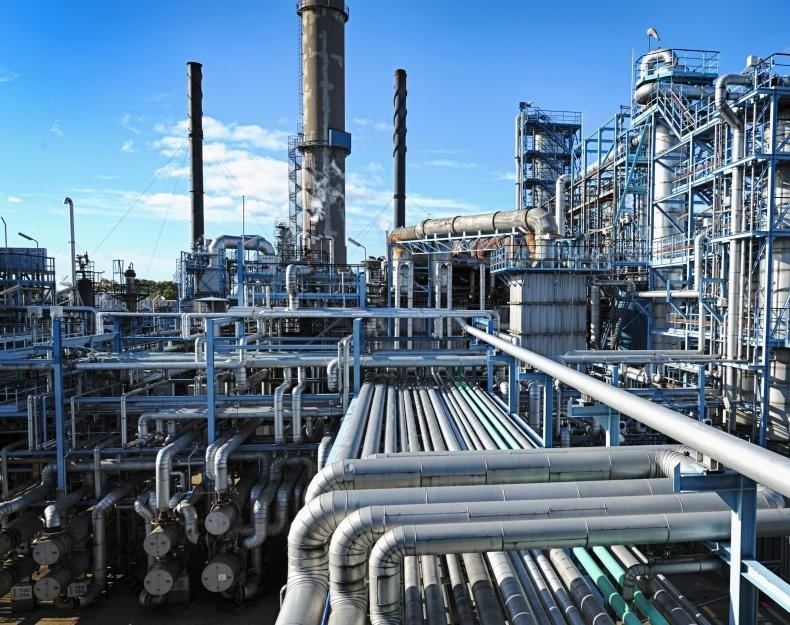
Piping System:
1.Wall Thickness of Pipes Under Internal and External Pressure by ASME B31 standards.
2.Reinforcement of Welded Branch Connections by ASME B31.3.
3.Spacing Between Supports by Design of Piping Systems, The M. W. Kellogg.
3.Spacing Between Supports by Design of Piping Systems, The M. W. Kellogg.
4.Wall Thickness Calculation of Offshore Pipes by API RP 1111
5.Pressure-Temperature Ratings for Group Materials by ASME B16.5 and ASME B16.476.Buoyancy of Offshore Pipelines
Our piping system spreadsheets can support your professional development by incorporating the relevant formulas as well as showing the calculation methods and equations involved step by step, as well as references to the sources of the content for all calculations.
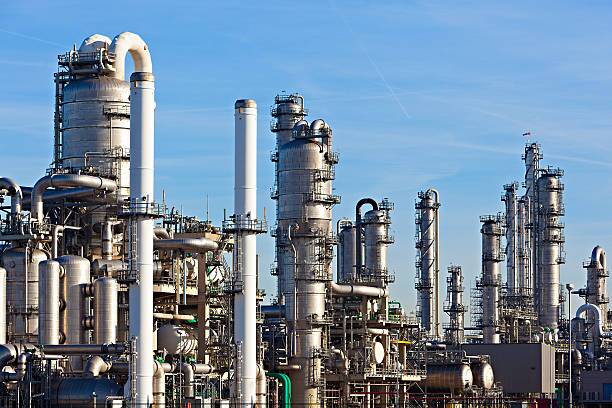
Static Equipment:
1.Design of Atmospheric Storage Tank by API STD 650
2.Vertical Separator with Flush Inlet Nozzles or Inlet Nozzle with 90° Elbow
3.Horizontal Separator with Inlet Nozzle with 90° Elbow
4.Wall Thickness of Cylindrical Shells Under Internal and External Pressure by ASME VIII Div 1
5.Wall Thickness of Formed Heads, and Sections, Pressure on Concave and Convex Side by ASME VIII Div 1
6.Nozzle Neck (Thickness and Reinforcement) by ASME VIII Div 1
7.Compressibility Factor (Z)
Our static equipment spreadsheets can support your professional development by incorporating the relevant formulas as well as showing the calculation methods and equations involved step by step, as well as references to the sources of the content for all calculations.

Economic Evaluation:
1.Net present Value (NPV)
2. Internal Rate of Return (IRR)

Online technical presentations on specific topics to support professionals in their daily work, as well as support the development of courses and workshops with the aim of promoting the creation, exchange and dissemination of knowledge
In this section you will find topics in the areas of piping design and static equipment design.
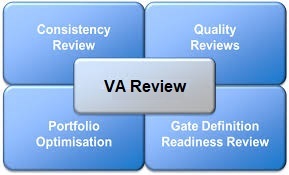
Value Assurance Review (VAR) are structured, independent reviews that challenge the Project Management Team to justify the conclusions of their work, identifying weaknesses and shortcomings, and making specific recommendations for improvements. They introduce additional outside perspectives in order to increase potential project value and allow the project to avoid the risk of missing opportunities for improving technical and business solutions.
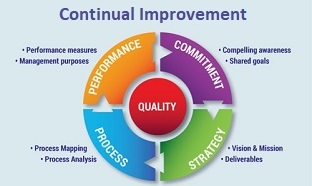
Continual improvement process, also often called a continuous improvement process (abbreviated as CIP or CI), is an ongoing effort to improve products, services, or processes. These efforts can seek "incremental" improvement over time or "breakthrough" improvement all at once. Delivery (customer valued) processes are constantly evaluated and improved in the light of their efficiency, effectiveness and flexibility.

Audit as part of Project's Management Review process for the purpose of E&PM management reporting, to ascertain the health and readiness of the project under execution and outline the necessary recommendations to steer the project along the approved objectives.
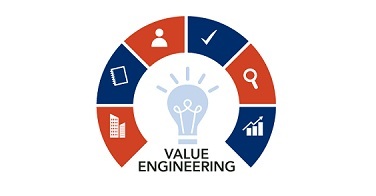
Value engineering is a systematic method to improve the "value" of goods or products and services by using an examination of function. For Value Engineering practice one technique that is appropriate for any kind of project as they will allow to place importance on the subjective characteristics and features of alternative systems that are not addressable in terms of pure cost is the Criteria Weighting and Analysis Matrix Techniques.
The standards are developed, published and updated by organizations and governmental and private entities with the purpose of applying them to the areas and particular fields of their interests. Some of the main societies that generate these standards are the following:
1.American Society of Mechanical Engineers (ASME)
2.American National Standars Institute (ANSI)
3.American petroleum Institute (API)
4.American Society for Testing and Materials (ASTM)
5.American Welding Society (AWS)
6.The Tubular Exchanger Manufacturers Association, Inc. (TEMA)
7.German Institute for Standardization (DIN)
8.International Organization for Standardization (ISO)

